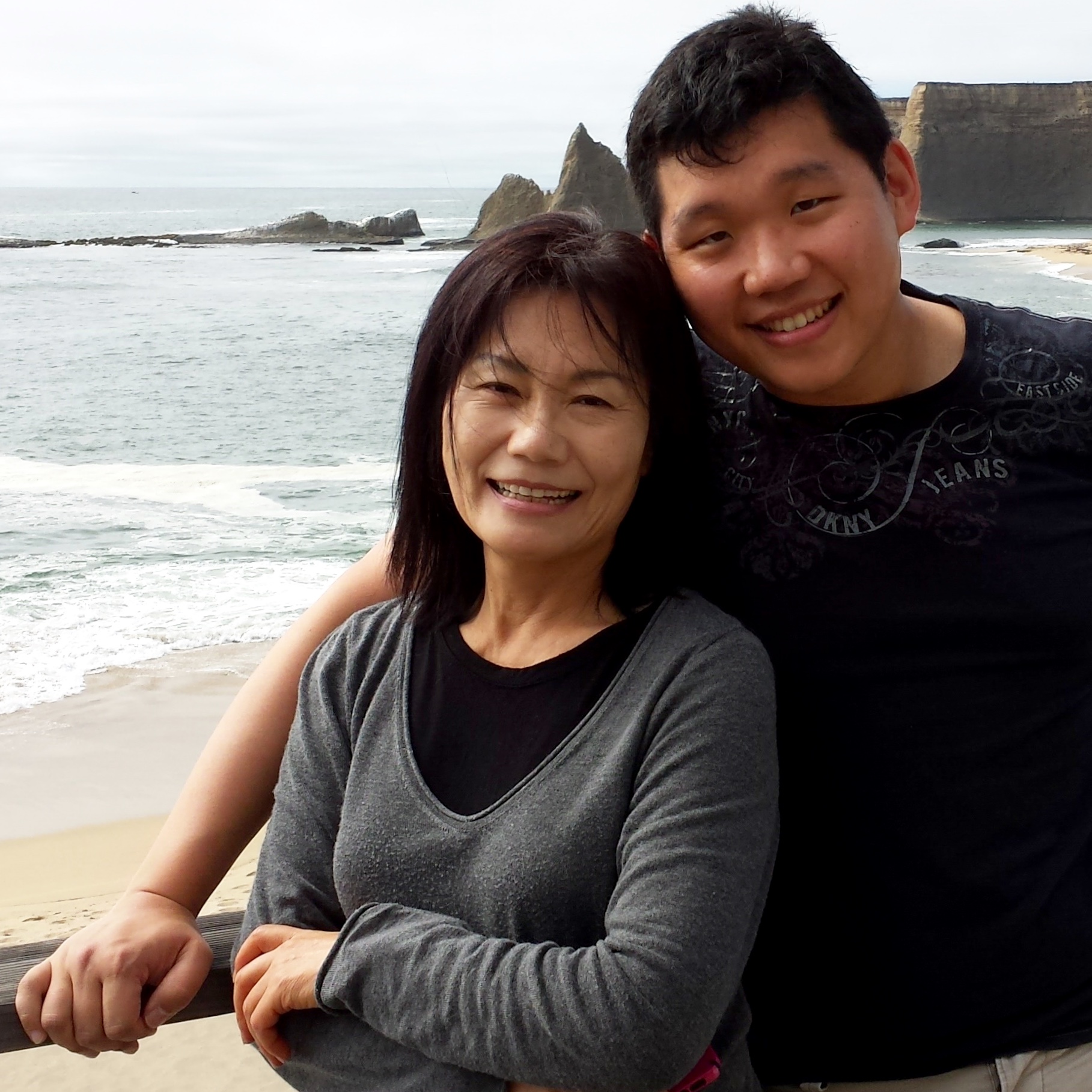By Ed Carter
This is in response to recent meetings, Staff Reports, 5 Year Capital Improvement Project Summary (CIP) and proposals involving a possible Oyster Point Marina (OPM) JPA Rewrite/Update by South San Francisco (SSF) and the San Mateo County Harbor District (HD).
I strongly suggest that the Harbor District limit any JPA update to the current term of the JPA and make no new capital investments at OPM.
SSF has publicly threatened to push for dissolution of the HD if it does not “go along” with funding massive new capital investment at OPM. This undermines any future partnership and strongly suggests that SSF was involved in the Grand Jury inquiries and other behind the scenes maneuvering to dissolve the HD. This antagonism should caution the HD commissioners against extending the JPA.
The LAFCO Municipal Services Review (MSR) and Grand Jury Report both cite a long history of HD operating deficits as justification for its dissolution. The OPM JPA is a significant contributor to these deficits. Continued revenue deficiencies may lead to dissolution of the HD if the San Mateo County Board of Supervisors decides to do so. There has been no economic study completed of the projected return on investment of the HD’s proposed OPM CIP items. I would argue that an accurate projection is impossible until after the OPD project is completed and fully leased for a year or more. Failure of any additional capital investment in enterprise projects, to produce adequate revenues, would further jeopardize the future of the HD.
JPA land that previously provided revenue to the HD has been transferred to a private developer. This revenue will not be replaced. Reduction in the land area in the JPA and development of adjacent, previously JPA controlled property, by others (Oyster Point Development, OPD) makes prediction of future productive use of the remaining “substandard” JPA property very difficult. The Marina has long had excess capacity, over 20% of the berths are not currently rented. Future parking for the existing western berths will be reduced by fifty percent. Therefore, access to these berths will be more difficult. Existing boat maintenance facilities will be gone. No one can predict how these changes will affect the demand for marina facilities.
SSF appears to believe the HD will supply all of the capital for future development by the OPM JPA. The HD does not own the land or have a long‐term lease (nor should it want either) to justify any more capital investment at OPM.
The JPA has not developed the landside facilities of the marina significantly since its inception. There is no reason to believe this will change in the future. The OPM CIP includes $250,000 in Planning, specifications and engineering investment in landside development in 2017‐18 without a hint as to the nature of successful enterprise activity that might be developed there.
JPA property has been reduced to only the most exposed and unstable area of the old landfill. Barriers to future landside development include the landfill legacy problems of hazardous waste, subsidence and geotechnical issues complicated by projected sea rise. Extension of the JPA may also result in HD being held responsible for problems associated with hazardous waste deposits at the site that existed before the JPA was formed. These issues will result in limitations on what can be built including increased costs of construction. Further, the proposed 40,000 square feet available for new development in the remaining JPA Property is: small, irregular in shape, landlocked and otherwise limited in its use by adjacent trails and planned hotel development on adjacent property.
The HD has challenging issues at Pillar Point Harbor (PPH), including: the demand for more and larger berths, implementation of the PPH 5 year CIP, water quality improvement, landside development supporting existing enterprise activity tenants, expansion of enterprise activity, ADA compliance, dredging and beach enhancement. The HD should utilize all of its available and future capital resources at PPH in order to fulfill its mission statement: “To assure that the public is provided with clean, safe, well‐managed financially sound and environmentally pleasant marinas”. If it continues in the OPM JPA with a business as usual approach the operating losses will continue and the HD will not be able to fulfill this mission at either PPH or OPM.
Conclusion
Given the above it is difficult to understand the apparent willingness of the HD to expend its resources on this failed JPA partnership. The HD should set future priorities based upon the LAFCO MSR and Grand Jury comments. This will help direct staff and make future planning fact based and goal oriented
HD has experienced consistent operating losses under the JPA. Future marina development and landside enterprise activity at OPM should be left to the landowner, SSF. All future HD tax revenue should be reserved for use at PPH.
While it may be desirable for the HD to have a continued presence at Oyster Point it is under no obligation to invest in additional capital projects at OPM. It makes no sense to build SSF and their developer partner OPD a shiny new marina with San Mateo County Taxpayer money.
The currently proposed OPM CIP should be suspended. The HD should limit its future involvement with the JPA and OPM to operation and maintenance of the marina under a cost plus contract, with SSF funding all CIP and operating losses. The HD should look for partners and other funding sources to support its public access and marine safety activities at OPM. Without implementing these strategies it may be impossible for the HD to achieve revenue neutral operations at OPM.







